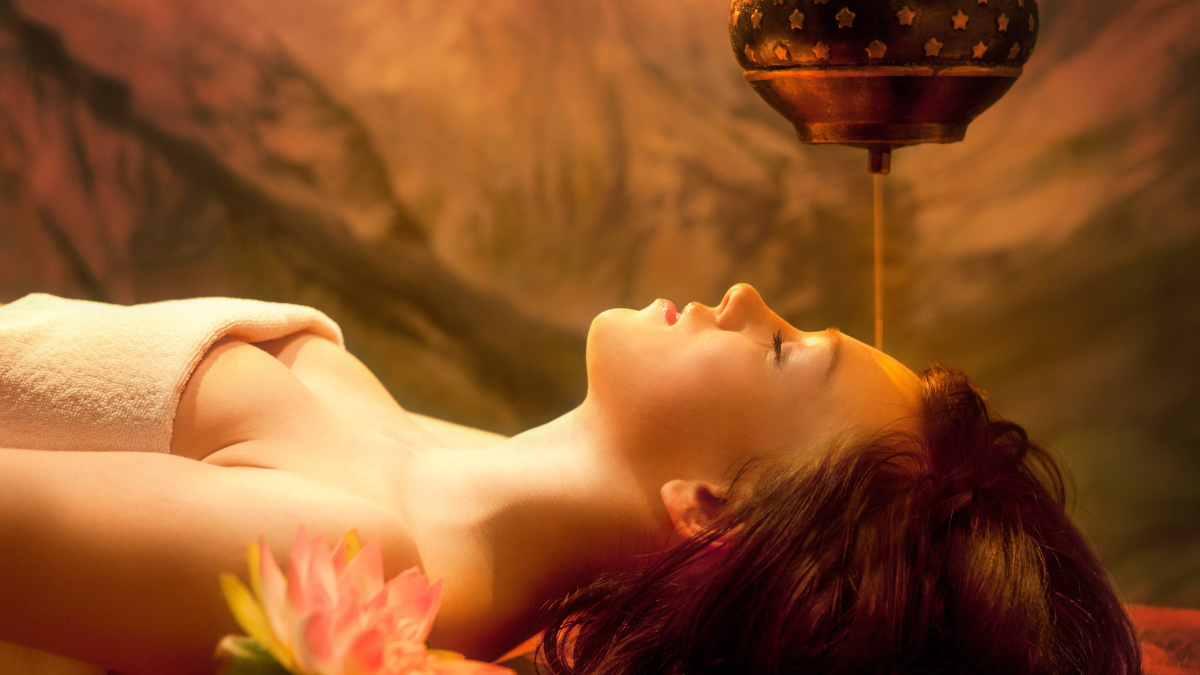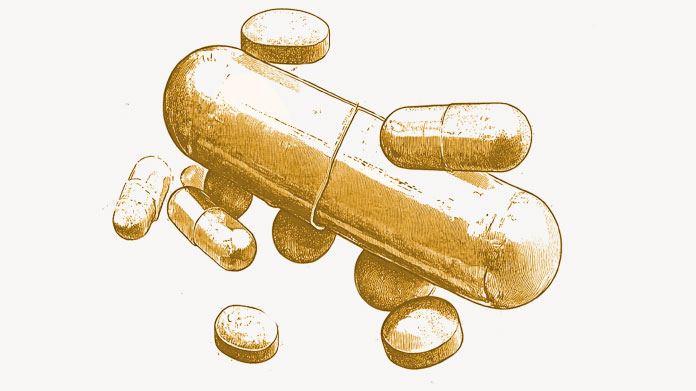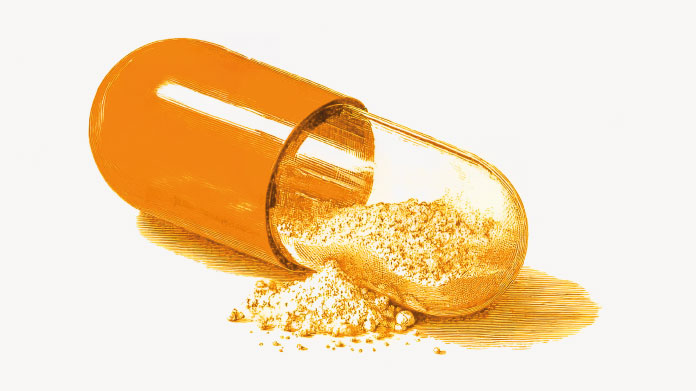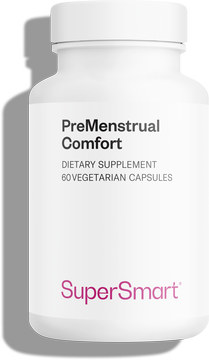The world’s traditional systems of medicine (Ayurvedic, Chinese, African ...)
Practised for thousands of years, traditional systems of medicine still have much to teach us. Discover the principles, uses and main ingredients of the great ancestral systems of medicine.

Chinese traditional medicine
The best-known of the traditional systems, Chinese medicine is full of practices that benefit both the body and mind.
History
Traditional Chinese medicine is based on notions of balance, harmony and energy. It was developed by three Chinese emperors: Fuxi, Shennong and Huang Di. The first written references to it date back to between 1700 and 1500 BC.
Key principles
According to Chinese medicine, the body has what is called vital energy - Qi - which must be able to circulate freely in order for good health to be maintained. Qi consists of yin, cold, and yang, hot and active, which must be kept in optimal balance.
The environment is an essential element of Chinese medicine, with climate, season and location, as well as the home environment and heredity, all taken into account. It holds that when an imbalance occurs, the body has the ability to restore its equilibrium and to automatically and naturally heal itself . Chinese medicine therefore seeks to prevent illness rather than cure it, and to encourage this inherent ability for self-healing .
Treatments offered
Chinese medicine calls on a number of specific practices and treatments which are tailored to an individual’s needs as well as their level of ‘vital energy’. You can, for example, have acupuncture at specific points in the body (called meridians), to facilitate the circulation of Qi. Acupuncture is frequently used to alleviate ENT problems, tension and digestive disorders.
Tui Na massage is another key element of traditional Chinese medicine. It also uses acupuncture points, combined with topical application of specific ointments and balms depending on the problem.
And as well as dietary interventions designed to prioritise certain yin or yang foods, engaging in gentle exercise such as Qi-gong or Taï-Chi is also often recommended for calming the mind and improving control of the emotions.
Most commonly-used plants and active ingredients
China is full of medicinal plants, traditionally used to prevent and combat many health problems. One of their ‘star’ plants is ginseng, which helps to support the immune system, cognition and vitality (1). Nowadays, it is available as a dietary supplement (for example Ginseng 30%, with a high content of ginsenosides).
We must also mention ginkgo biloba, a tree that has grown in China for thousands of years. Its seeds and leaves are used in Chinese medicine for their high flavonoid content. Ginkgo supplements help to maintain good circulation and memory and a stable mental state (try, for example, Ginkgo biloba) (2).
Indian traditional medicine
Ayurveda takes its inspiration from nature and five elements - earth, water, air, ether and fire – in order to determine an individual’s constitution, which falls into one of three categories (‘doshas’): Vata, Pitta and Kapha.
History
A contraction of the Sanskrit words -ayur (meaning ‘life’) and -veda (meaning ‘science’), Ayurveda is the term commonly used to describe traditional Indian or Ayurvedic medicine. Like its Chinese counterpart, Ayurveda has its roots in antiquity, dating back more than 5000 years!
Key principles of Ayurveda
Ayurvedic medicine always starts with a diagnostic evaluation, designed to determine a person’s constitution type so that treatment to rebalance the body can be tailored to the individual.
According to Ayurveda, all disease stems from an imbalance in doshas caused by lifestyle or the wrong diet. Ayurveda also takes close account of the seasons and the body’s specific needs at different times of the year.
Treatments offered
As with traditional Chinese medicine, Ayurveda includes a number of practices designed to rebalance the body. In India, Ayurveda is truly a way of life, which works to support both mind and body. Practitioners may thus recommend specific diets, body care and massage, the use of spices or dietary supplements, as well as exercise such as yoga combined with sessions of meditation and relaxation.
Most commonly-used plants and active ingredients
Nature occupies a central place in Ayurvedic medicine. Plants and essential oils are among the many protocols aimed at restoring balance when faced with a health problem.
One of the most widely-used Indian plants is holy basil (also known as tulsi). Rich in camphor, it is renowned for helping to soothe the three doshas, and for supporting vitality, the immune system and the body’s resistance to stress (you’ll find it in the synergistic formulation Adaptogenic Potion) (3).
Some of the most common plant powders in Ayurvedic medicine are sidr, brahmi, and in particular, ashwagandha. This adaptogen plant has long been popular for its many beneficial effects on mental health, relaxation cardiovascular health(4). It is available as a supplement standardized in withanolides, the plant’s most active ingredients (try, for example, Super Ashwagandha).
The traditional medicine of Africa
Today, an estimated 60-80% of Africans are thought to use traditional remedies to fight common, mild diseases. Though conventional treatments are now used as well, traditional African medicine remains highly popular, offering innumerable benefits.
History
Though in ancient times, traditional African medicine was often considered to be magic, its reputation was undermined by the advent of AIDs, for which healers and diviners could offer no effective treatments. Though seen by the West as mysterious because it differs so much from orthodox medicine, it nevertheless has certain strengths.
Key principles of traditional African medicine
The traditional medicine of Africa consists of a collection of spiritual and highly phytotherapeutic practices for fighting disease. Many healers still use incantations or spells in a specific way to address health problems. African medicine is characterised by a focus on the relation between mind and body and their various interactions.
Treatments offered
A wide variety of treatments are prescribed by practitioners of traditional African medicine. For sore throats or headaches, they make plant-based poultices and ointments. Steam baths are used for treating fevers, and fasting or massage are also prescribed depending on the problem.
Most commonly-used plants and active ingredients
Among the most commonly-used plants in African medicine is griffonia, the seeds of which are extracted for their high content of vitamins, minerals and hydroxytryptophan (5-HTP), a precursor of serotonin (5). Griffonia is available in supplement form aimed at supporting good nervous system function (such as the product 5-HTP).
Desmodium , meanwhile, is used for detoxifying the body. This herbaceous plant from equatorial Africa is prescribed by healers in the form of a decoction for its benefits for liver health(6). It is available as a liquid extract (try, for example Desmo Forte™).
Other great traditional systems of medicine
Of course, there’s also plenty to learn from the traditional medicine of Native Americans and Inuits, as well as from medieval herbalists, and many more besides!
Used in conjunction with current allopathic medicine, the world’s many traditional systems of medicine are full of practices and natural ingredients that can help us rebalance both mind and body.
References
- Kang S, Min H. Ginseng, the 'Immunity Boost': The Effects of Panax ginseng on Immune System. J Ginseng Res. 2012 Oct;36(4):354-68. doi: 10.5142/jgr.2012.36.4.354. PMID: 23717137; PMCID: PMC3659612.
- Silberstein RB, Pipingas A, Song J, Camfield DA, Nathan PJ, Stough C. Examining brain-cognition effects of ginkgo biloba extract: brain activation in the left temporal and left prefrontal cortex in an object working memory task. Evid Based Complement Alternat Med. 2011;2011:164139. doi:10.1155/2011/164139
- Jamshidi N, Cohen MM. The Clinical Efficacy and Safety of Tulsi in Humans: A Systematic Review of the Literature. Evid Based Complement Alternat Med. 2017;2017:9217567. doi:10.1155/2017/9217567
- Salve J, Pate S, Debnath K, Langade D. Adaptogenic and Anxiolytic Effects of Ashwagandha Root Extract in Healthy Adults: A Double-blind, Randomized, Placebo-controlled Clinical Study. Cureus. 2019;11(12):e6466. Published 2019 Dec 25. doi:10.7759/cureus.6466
- Birdsall TC. 5-Hydroxytryptophan: a clinically-effective serotonin precursor. Altern Med Rev. 1998 Aug;3(4):271-80. PMID: 9727088.
- Kalyani GA, Ramesh CK, Krishna V. Hepatoprotective and Antioxidant Activities of Desmodium Triquetrum DC. Indian J Pharm Sci. 2011;73(4):463-466. doi:10.4103/0250-474X.95652
Keywords
4 Days
Great customer service - responsive …
I ordered from them and my item was unavailable for sometime. I was super happy when they reactivated my order and shipped my item which arrived very quickly. Great customer service.
Ruth Rueter
5 Days
Super fast shipping
Super fast shipping
Donald Borling
8 Days
Reputable companysearch and the number of…
The research and the number of selection of products.
NAKHJAVAN Shervin
21 Days
The Anti Aromatase is a great product
The Anti Aromatase is a great product. You just need to have constant inventory. Recently this product has been out of stock.
GEORGE Verne
23 Days
Great help on chat
Great help on chat. Knowledgeable and friendly.
Jason Argos
26 Days
Customer service was fast and friendly.
Customer service helped to stop the transaction process of the subscription. I appreciated that.
Greenie
26 Days
I order here due to the high quality of…
I order here due to the high quality of the products and the quick delivery of items - thank you
Barbara J
28 Days
SuperSmart's Eye Pressure supplements: highly recommended!
I purchase SuperSmart's Eye Pressure supplements regularly for over 5 years, and gotta say they are truly a wonderful product for my Glaucoma. Highly recommended if you have eye pain from your Glaucoma.
D. Martinez
32 Days
Quick service
Quick service
MONELL
33 Days
Speedy service.
Speedy service.
ROSENTHAL Marvin
37 Days
Clear website- Efficient
Clear website. Excellent search engine and fast delivery!
Mohamad Hussein
39 Days
They have great products.
They have great products.
Vickie
39 Days
Great Shipping Time!
You Have A Great Shipping Time! Praise The Lord!
DMHoge
41 Days
Doctor Recommended!
Good pricing, very good availability, doctor recommended (couldn't find what I needed anywhere else), and it took only a week to arrive (which I can't complain about).
Al
42 Days
Great product and fast shipping
Great product and fast shipping
Marie





